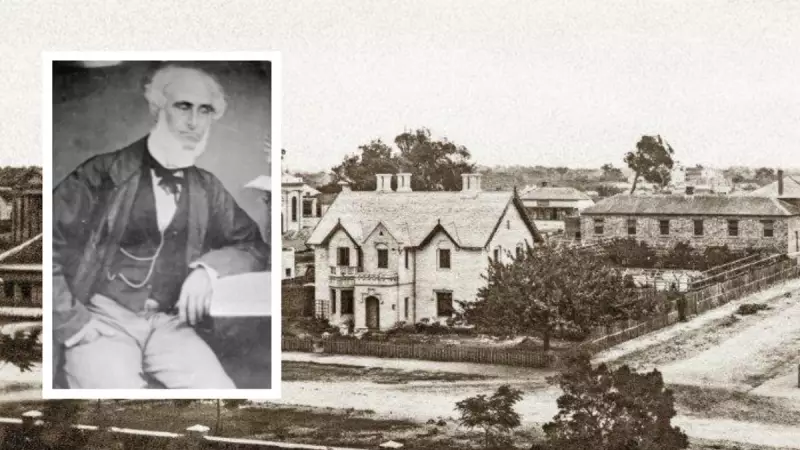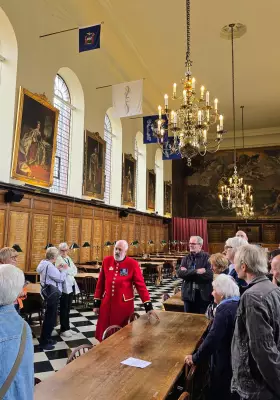
In the annals of Western Australia's history, few documents provide as intimate a glimpse into colonial life as the recently examined diary and photographic collection of Alfred Hawes Stone. This remarkable historical treasure offers an unprecedented window into Perth's foundation years, capturing the daily realities, challenges, and transformations that shaped the emerging settlement.
The Man Behind the Camera and Diary
Alfred Hawes Stone arrived in the Swan River Colony during its formative years, establishing himself as both an observant chronicler and skilled photographer. His detailed accounts span from 1864 to 1889, covering twenty-five crucial years of Perth's development. Unlike official records that often focused on grand events and prominent figures, Stone's writings documented the ordinary moments that defined colonial existence.
What makes Stone's contribution particularly valuable is his dual approach to documentation. While his written entries captured the rhythm of daily life, his camera lens preserved visual evidence of a landscape and society in rapid transition. This combination of textual and visual records creates a multidimensional understanding of early Perth that few other sources can match.
Capturing Colonial Life Through Word and Image
Stone's diary entries reveal the practical challenges faced by early settlers. He meticulously recorded weather patterns, economic fluctuations, and social interactions that official histories often overlooked. His observations provide context for understanding how Perth evolved from a struggling outpost to an established colonial capital.
The photographic component of Stone's collection is equally significant. At a time when photography required substantial technical skill and financial investment, Stone captured images of buildings, streetscapes, and community events that have since disappeared from modern Perth. These visual records serve as crucial reference points for historians reconstructing the city's architectural and urban development.
One of the most compelling aspects of Stone's documentation is his attention to Indigenous interactions. While many colonial records marginalised Aboriginal perspectives, Stone's accounts occasionally hint at the complex relationships between settlers and traditional owners, providing valuable albeit limited insights into this critical aspect of Western Australian history.
Preserving Western Australia's Foundation Story
The survival of Stone's complete collection—both written and photographic—represents a significant achievement in historical preservation. These materials have endured through careful stewardship, allowing contemporary researchers and the public to access primary sources that bridge the gap between textbook history and lived experience.
Historical experts emphasise that personal accounts like Stone's complement official records by adding human dimension to historical events. Where government documents might list population statistics, Stone describes the faces behind the numbers. Where architectural plans show building dimensions, Stone's photographs reveal how structures functioned within their social context.
The ongoing study of Stone's materials continues to yield new insights into colonial Perth. Researchers examining his records have gained better understanding of domestic life, economic activities, and social hierarchies that characterised Western Australia during its foundation period. Each re-examination of his work offers potential for discovering previously overlooked details about the colony's development.
As Western Australia continues to evolve, documents like Alfred Hawes Stone's diary and photographic collection serve as vital touchstones to the past. They remind us that history isn't just about major events and prominent leaders, but also about the daily experiences of ordinary people who built the communities we inherit today.





